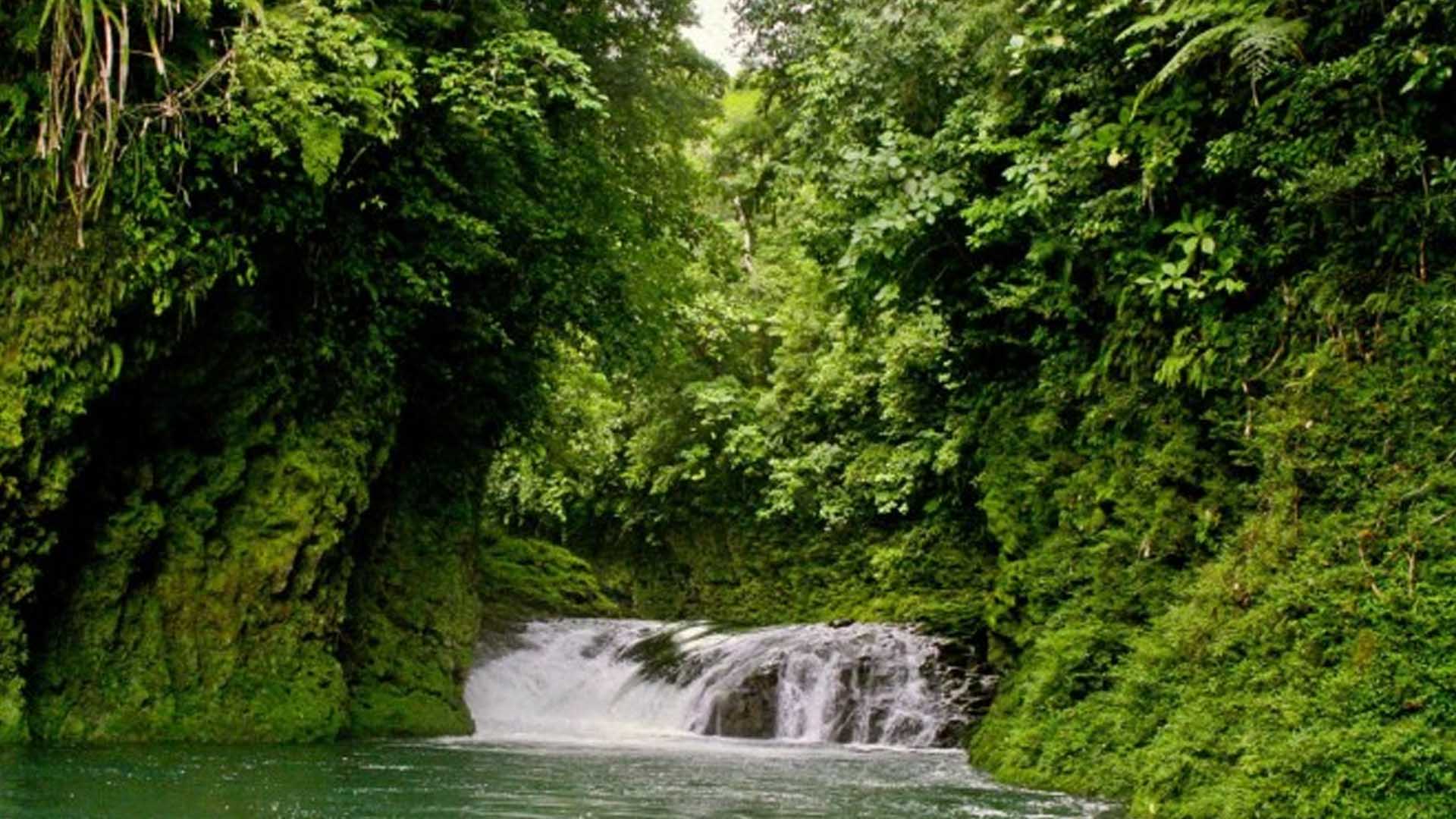The 335,105-hectare Samar Island Natural Park (SINP) has been included in the Tentative List of nominees for the UNESCO World Heritage Site for its natural wonders.
UNESCO said the SINP, home to the largest tract of relatively intact lowland forest in the country and a rich population of dipterocarp species, is one of the 24 sites in the Philippines that made it to the list.
“In our long bid for SINP to become a UNESCO World Heritage Site, we are ecstatic to now be included in the tentative listing. A proud moment for all people in Samar,” Governor Sharee Ann Tan said in a statement on Wednesday.
In 2018, Tan pushed for the inclusion of SINP on the UNESCO list.
Governors from Northern Samar and Eastern Samar supported the campaign.
Department of Tourism (DOT) Eastern Visayas regional director Karina Rosa Tiopes is optimistic that they will soon have the first UNESCO World Heritage Site in the region.
“To be included on this Tentative List, sites must be of outstanding universal value and meet at least one out of 10 selection criteria. We are proud to say that the SINP met not just one, but three of these criteria,” Tiopes added.
These criteria are the superlative natural phenomena or areas of exceptional natural beauty and aesthetic importance; the development of terrestrial, freshwater, coastal, and marine ecosystems and communities of plants and animals; and the presence of significant natural habitats for in situ conservation of biological diversity, including those containing threatened species.
SINP is the largest contiguous tract of old-growth forest in the Philippines and the country’s largest terrestrial protected area.
The buffer is spread north to south over the island’s three provinces and totals 458,700 hectares, or about a third of the entire island of Samar.
The park is also a center of plant and animal diversity and endemism, containing threatened species belonging to the Eastern Visayas and Mindanao biogeographic regions.
Also inside the SINP are well-known natural landmarks Sohoton Cave and Natural Bridge National Park; Calbiga Cave, the country’s largest and the second largest cave in Asia; and the more than 100-kilometer Ulot River, the longest river in Eastern Visayas that starts from the upland town of San Jose de Buan, Samar, and ends in the Pacific Coastal town of Can-avid, Eastern Samar.
The park is also home to the critically endangered Philippine Eagle, which has been spotted in the forested areas of Taft and Paranas towns.
Since the park was declared a protected area in 2003, a total of 33 species of mammals, 215 species of birds, 51 species of reptiles, 26 species of amphibians, and 1,000 species of plants have been recorded inside the SINP. (PNA)









